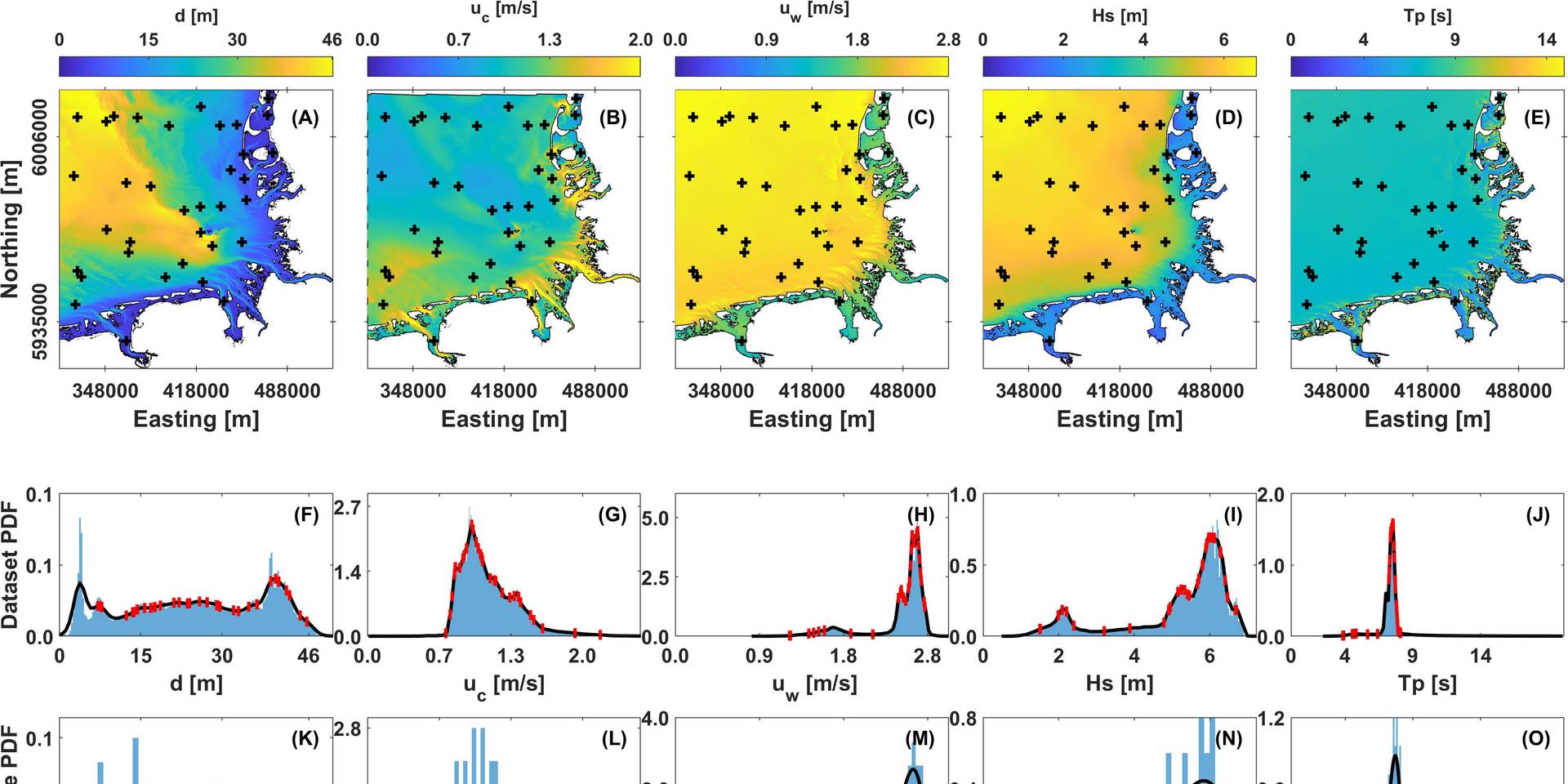
Paper: "The effect of site exposure index on the required capacities of aquaculture structures"
Kelson Marine Engineers Publish Research on Structural Demands for Open-Ocean Aquaculture
Understanding Structural Challenges in Offshore Aquaculture
Kelson Marine Co. is proud to announce that our team of engineers has published a new study in Frontiers in Aquaculture, exploring how simple indices for quantifying how a site's exposure index can (and can't!) predict the structural demands of open-ocean aquaculture systems. The study, titled "The effect of site exposure index on the required capacities of aquaculture structures", provides insights into how ocean site exposure impacts aquaculture structures.
As aquaculture expands into high-energy environments, understanding how waves, currents, and water depth impact fish farms, shellfish operations, and seaweed cultivation is essential. This study, authored by Tobias Dewhurst, Samuel Rickerich, Michael MacNicoll, Nathaniel Baker, and Zachary Moscicki, evaluated the structural requirements for aquaculture systems as a function of proposed six exposure indices: Exposure Velocity (EV), Exposure Velocity at a Reference Depth (EVRD), Specific Exposure Energy (SEE), Depth-integrated Energy Flux (DEF), Structure-centered Depth-integrated Energy (SDE), Structure-centered Drag-to-Buoyancy Ratio (SDBR).
By analyzing farms for 36 distinct sites in the North Sea, the research team evaluated how each different site exposure index correlate with the structural loads on finfish cages, shellfish backbones, and seaweed arrays.
For each site, the required capacities were quantified for finfish net pen, mussel longline, and tensioned macroalgae array structures.
Key Findings for Sustainable Open-Ocean Farming
The study’s results highlight that certain exposure indices can be good predictors of structural demands, which is crucial for clear communication between stakeholders. Among the indices tested, the Specific Exposure Energy provided the best correlation to loads on finfish farms, while the Exposure Velocity index proved to be the best predictor of the forces that shellfish and seaweed structures must withstand.
While no exposure index is a perfect predictor of loads, these exposure indices proved to be much better indicators of the loads on the aquaculture structures than water depth, distance from shore, or significant wave height, which have often used to describe the level of exposure of an aquaculture site.
This research provides a valuable tool for farmers, aquaculture engineers, regulators, insurers, and investors involved in responsible expansion of seafood production in open-ocean environments. Understanding site-specific ocean conditions can help operators choose the right technology and infrastructure for successful fish farming, shellfish aquaculture, and seaweed production.
To facilitate the use of these indices, Kelson Marine has built an online tool to calculate these values for any site's design conditions.
...the findings suggest that EV, EVRD, SEE, and SDBR and other proposed indices based on fluid speed hold significantly more meaning than depth, distance from shore, or significant wave height ...
Advancing Offshore Aquaculture Technology
At Kelson Marine Co., we specialize in ocean engineering solutions for offshore aquaculture, wave energy, and maritime infrastructure. By advancing hydrodynamic modeling and finite element analysis (FEA), our team helps ensure that open-ocean aquaculture systems can thrive in high-energy marine environments.
We are honored to contribute to the growing body of research supporting the future of offshore aquaculture. Read the full study at Frontiers in Aquaculture.
__________
__________
___________